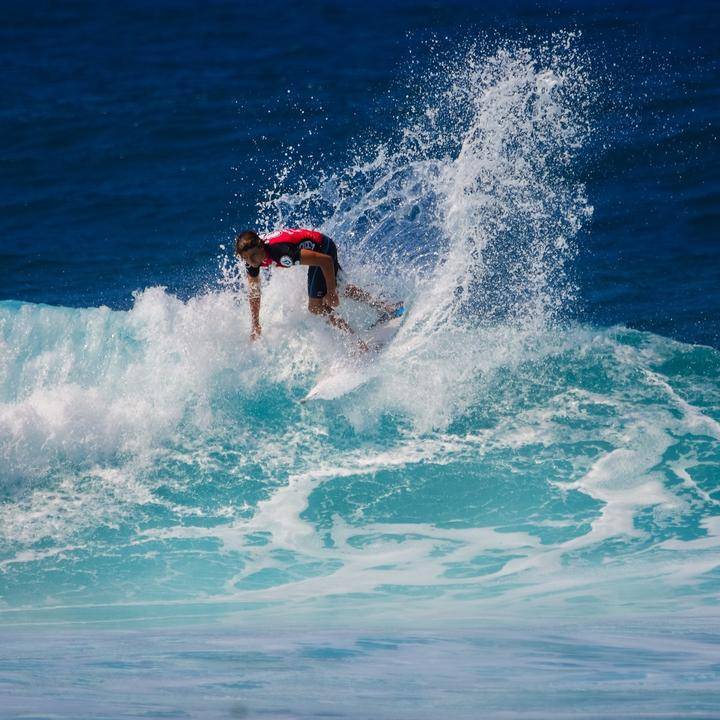As you improve as a surfer, you can start to tackle more nuanced aspects of surfing, or more advanced surfing techniques. One such aspect is foot placement, and it’s something that can be adjusted while you’re riding a wave. Where your feet are positioned makes a difference in a multitude of ways and can change what you’re able to do while surfing.
The most blatant changes in foot positioning come in the form of cross-stepping, a longboarding technique that sees the back foot cross over the front to form a kind of X with the legs. This is done to walk up to the nose of the board in an attempt to nose-ride, a classic and stylish form of surfing. It is also done to walk back to your original stance. It can be a beautiful thing to watch when done by a master.
However, there are much more subtle foot placements that matter quite a bit when it comes to surfing, even on shortboards. The back foot is traditionally the more important of the two feet, as it’s where your power comes from. Generally, the front foot is merely there for balance, but this is not always the case.
Four-time World Champion Mark Richards is one of the most back foot heavy surfers ever seen, and he swears by the importance of back foot placement. A lot of back foot movement is side-to-side, as a surfer will shift their weight from heel to toe. This enables a surfer to accelerate, sink a rail or engage the fins. If you’re having trouble controlling a turn when applying pressure with your back foot, then you probably need to take a small step backward with that foot. Some surfers rely on a traction pad to locate the sweet spot above the fins.
It’s not just the back foot that needs to be sometimes adjusted, though. If you’re looking to gain a little extra speed through a barrel, you may want to move both feet up a bit to make it through a critical section. However, if you’re looking at a hardtop turn off the lip you may want to shift back a bit.
When it comes to the really advanced surfer, you’ll notice that many of the best shift their front foot way forward when attempting an aerial maneuver. That can make such moves much easier to land, though it’s never straightforward to complete such a difficult maneuver. John John Florence is one of the best ad adjusting his footing while in the air.
Some surfers look at your back foot as a brake that you can put pressure on to slow yourself down for a stall, and some view the front foot as an accelerator that can be shifted forward to gain speed. Every surfer feels a little more comfortable in a slightly different spot on their surfboard, but it’s always good to experiment with the various positions in order to see where it can take your surfing. It may change more than you’d expect











